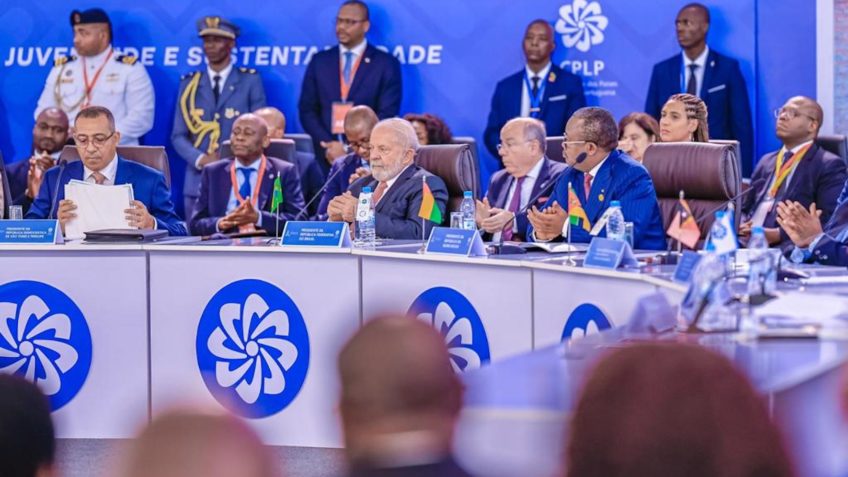Brazilian President Luiz Inácio Lula da Silva highlights Africa’s agricultural potential plans to relaunch ‘More Food Africa’.
This program is part of Brazil’s ‘south-south’ cooperation strategy in the country’s geopolitical repositioning.
However, he did not specify the timeline or method for the program’s revival.
Speaking at the 14th CPLP (Community of Portuguese Language Countries) Conference in São Tomé, Lula emphasized Africa’s potential to become an agricultural powerhouse.
According to Lula, the continent can feed its people and the world, reiterating Brazil’s commitment to supporting this journey by providing small producers with access to financing.

The announcement comes after the Brazilian government resumed the ‘More Food’ program domestically in June, allocating funds for sustainable agricultural production by family farmers.
During the visit, Lula also participated in the 15th BRICS Summit in Johannesburg, South Africa, and made a state visit to Angola, where he signed cooperation agreements, including in food security, and promised further Brazilian investments in Africa.
He noted that the expansion of BRICS indicates the group’s growing capacity to engage with other blocs, like the G7, on more equal terms.
In his CPLP speech, Lula expressed Brazil’s desire to collaborate in education with Portuguese-speaking countries to enhance technical and academic training for young people and promote scientific research.
He mentioned that Brazil regulates visa issuance for CPLP citizens from the academic, scientific, cultural, and business communities.
Lula also praised Angola’s initiative to incorporate economic cooperation as a new pillar of the CPLP, stating that it would help connect markets among nearly 300 million consumers across four continents with a combined GDP of US$2.3 trillion.

